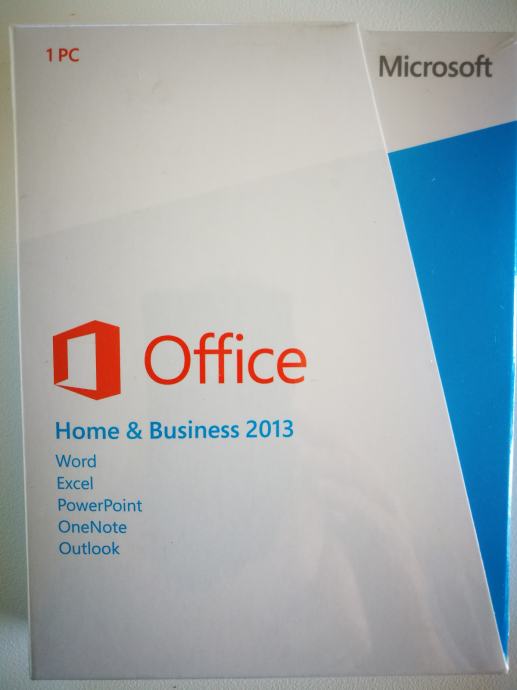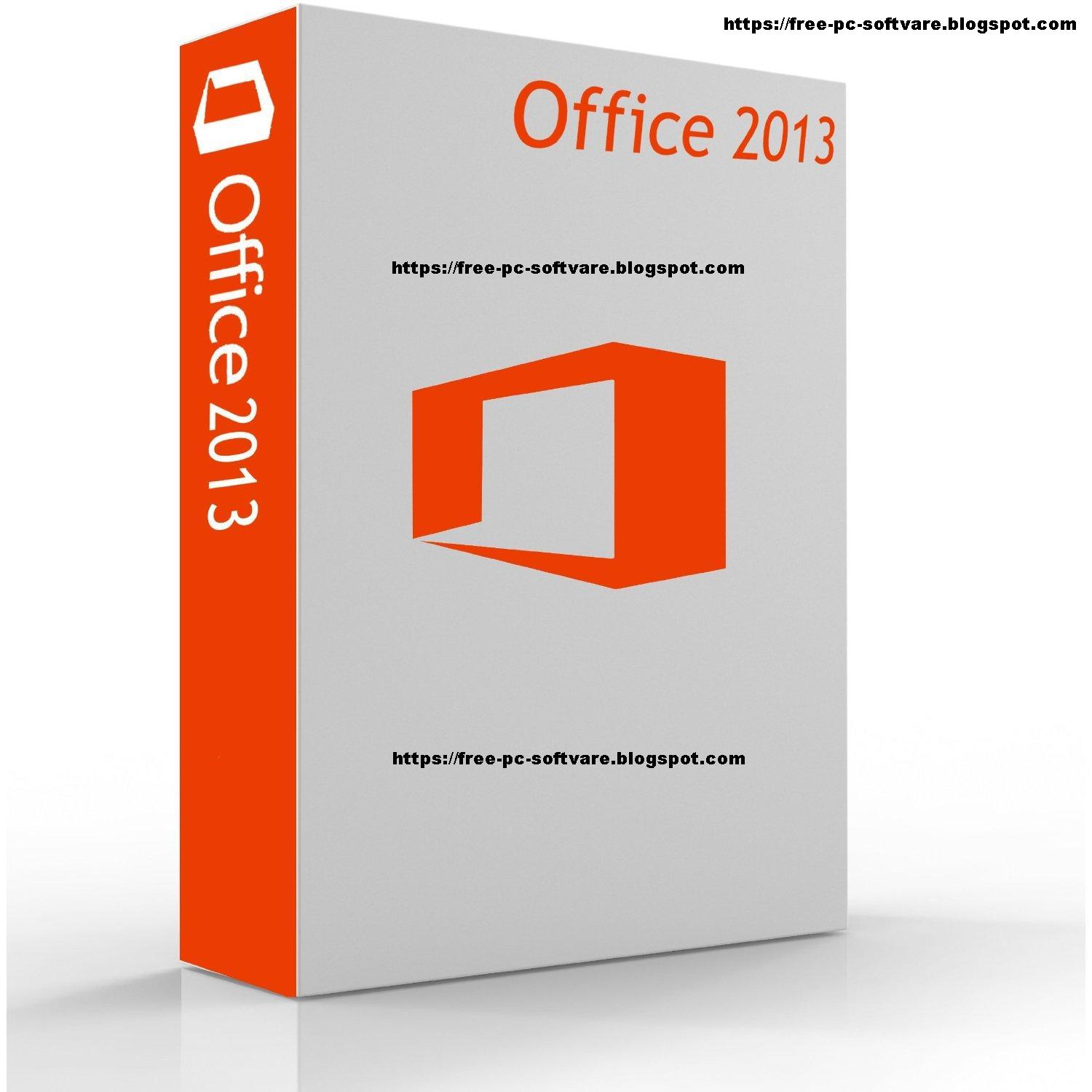

The main version is for Windows computers, although there is an alternative version that comes included with Windows 8 RT devices. The rest of the Windows market could upgrade without first upgrading their operating system.ġ.3 Microsoft Office 2013 on Windows RT TabletsĪs you may have gathered, there are several different versions of Microsoft Office 2013. When this article was first written in December 2012, XP commanded over 40 percent of the market share of operating systems over 11 years after its launch.

Sadly, Office 2013 is not compatible with Windows XP or Windows Vista. System requirements for Microsoft Office 2013 can be found in Appendix 1 of this Office 2013 guide. If you wish to upgrade your current version of Office to the new release, you will need to be aware that there is no "upgrade path" - you basically ensure your documents, dictionaries and templates are saved, uninstall the old version and install Office 2013.ĭifferent versions are available, but you can head to to download the trial version of Office 365, which offers the best glimpse of the updated applications. InfoPath, Visio, Project, and Lync can also be added to the subscription-based Office 365 suites you'll find more about the different versions in this Office 2013 guide below. These four applications form the core of each version of Office 2013, while email and scheduling application Outlook, desktop publishing tool Publisher and database management software Access all remain available in Office 2013.


 0 kommentar(er)
0 kommentar(er)
